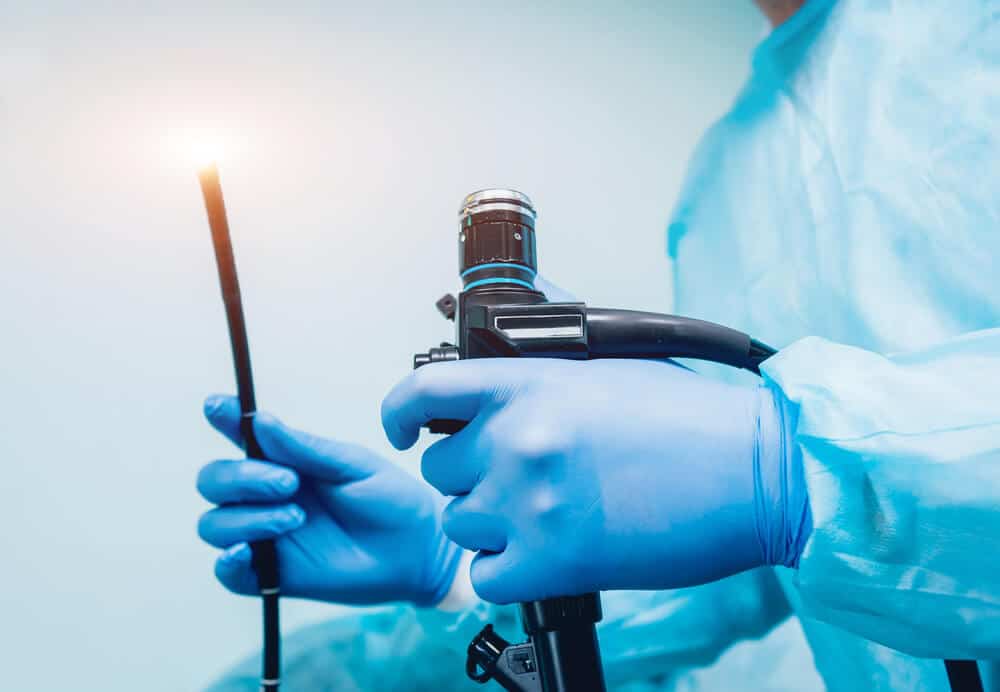Are you looking for the best digital endoscope inspection camera Australia has to offer? Well you’ve come to the right place, as today we’ll show you five of the very best.
Gone are the days of having to be a medical professional to get your hands on one, these days thanks to new technology, you can buy your own inspection camera online.
These inspection cameras offer a range of features such as wireless or cable, different levels of video quality such as HD or Standard Definition and various cable lengths.

The Bluefire 1080P is a wireless multi-function semi-rigid endoscope for use as a borescope, snake camera, zoomable picture, and pipe camera for use with Android and iOS smartphones, iPads and tablets.
The 1080P is an upgraded version from Bluefire and is a wireless WiFi endoscope with the capacity to support video in real-time as well as recorded and still-shots.
It has a tiny 5.5mm diameter camera for narrow and hard to get to places. This is a high-resolution zoomable camera which has three settings for super clear pictures and videos.
The unit has an adjustable LED light for illuminating difficult to see places. The transmission distance is 15 metres.
It has a battery with a working capacity of up to 3-4 hours between charges.
The snake camera and its cable are waterproof for up to ten minutes, making it ideal for use in wet or dark pipes and so on.
And the endoscopic pipe itself is semi-rigid so great for exploring pipes, cabling, cavities etc. You can even use it to read writing in a dark place!
Great for use in auto mechanics, pipe and drainage inspections, plumbing etc.
Simply download the free app ‘Scope View’ from the Apple App or Google Play stores on phone or tablet but do not launch the app until you have followed the rest of the instructions around setting up the connections between the Bluefire endoscope and your device.
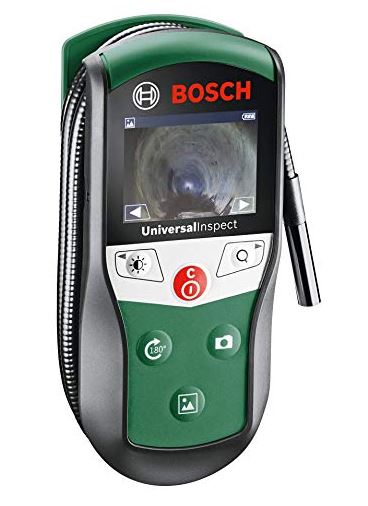
The Bosch Universal Inspect inspection camera is a digital endoscope designed for the DIY-er. It’s suited to jobs around the house like blockages in drains, pipes, and guttering, as well as inspecting faulty appliances from the inside, underneath or behind.
Also useful for investigating cavities when renovating or building, or looking for lost items in nooks and crannies.
The endoscope has a tiny 8mm camera head (with LED lighting and digital zoom) on the end of a 95cm cable.
It is a wireless unit so has batteries for power and a built-in colour screen (approx. 2.3inch) and internal memory for up to eight images, and a micro-SD memory card slot to save more.
The unit is very user-friendly with six self-explanatory control buttons. You can rotate the image 180 degrees to get a better view, and data can be processed and transferred to the micro-SD card for later inspection on your PC or laptop.
Unlike many digital endoscopes for general use, the Bosch inspection camera does not shoot videos but that is probably not important for the home user.
The unit does come with some really useful accessories: a mirror, a hook and a magnet (for retrieving stuck or hard to reach items from drains and pipes), and two straps for attaching these accessories.
The camera and cable are dust-proof and waterproof (temporary submersion only) as well. The cable wraps around the unit and a soft bag is provided for convenient storage.
The Bosch camera is at the high end of the price range but it is certainly a very nicely designed inspection camera for home use by a non-professional.
Consider: Best Hunting Trail Cameras

3. Teslong NTS150RS-8.2-2m
The upgraded industrial endoscope from Teslong has a stiffer semi-rigid probe than their previous model, with a 0.32” diameter for reaching the hardest to get to places.
The probe comes in a one-metre and a three-metre version. The camera is a comfortable one-hand size with easily accessed and operated buttons which are backlit for convenience.
The camera takes still shots and video which can be viewed immediately on its 3.5” colour screen, resolution 320 x 240 pixels. No need to use your phone or tablet to view images or video.
There is a zoom function on the camera and a 360-degree image flip capability. The camera is surrounded by 6 adjustable bright LED lights to illuminate dark places.
The images and videos can be transferred to your PC etc by a micro-USB cable or by using an 8GB TF card in the inspection camera itself.
The unit has a built-in rechargeable lithium battery with an operating time of up to 6 hours.
Useful accessories included with the camera are mirror, hook, and magnet for retrieving items that can’t be reached by hand.
Teslong’s product comes with a 12-month warranty.
This is not a cheap digital inspection camera by any stretch, but it has a lot of excellent features, is a sleek ergonomic design and is highly praised by those who have purchased and reviewed it.
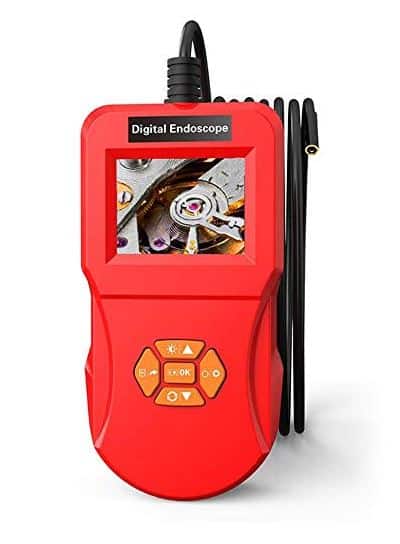
4. MOGOI Industrial Endoscope
This handheld digital inspection camera, or endoscope, from MOGOI is a designed for use at home, in your workshop or at work to look into pipes, cavities, car engines, gaps, holes and a range of other hard to reach places.
With a camera diameter of just 8mm and a semi-rigid cable of 5M (16.4’), it will reach into longer pipes and spaces.
The camera and cable are waterproof as well so you can safely work in drainage areas or water pipes. The semi-rigid cable makes it easier to direct the camera to where you want it to go.
The unit has a high resolution (1080 pixels) LCD 2.4” colour screen with instant playback of still shots or video, which can also be transferred to a TF memory card up to 128GB (not supplied).
The camera is surrounded by LED lights to illuminate the area being looked at. Their brightness level is adjustable to guarantee that you get the best picture possible.
The ideal focal length for the camera is between 3 – 500cms, a very impressive range indeed and suitable for many applications.
Because it has its own screen you don’t need to use your phone or tablet for viewing so it’s ultra-portable and convenient to use.
No more reliance on WiFi for continuous viewing so you can use this inspection camera wherever and whenever you like without any risk of interruption, and all in one hand.
The unit is battery operated with an inbuilt lithium battery, charged via a micro-USB cable (supplied). The battery operating life is up to 2.5hours.
Accessories which are included in the pack are a protective cap for the camera when not in use, a mirror for seeing better, and a magnet and hooks for retrieving items such as nuts, bolts and even wedding rings.
This digital industrial endoscope is a must for all those who need to inspect, diagnose and resolve difficult to access inspection problems.
Consider: Best Film Cameras

5. DEPSTECH Digital Endoscope
The digital endoscope (inspection camera) from DEPSTECH is equipped with a 3.5” LCD screen, which avoids having to use WiFi and apps (or a cable) to attach an independent screen.
It is an all-in-one industrial endoscope with an 8.2mm camera and 6 adjustable built-in LED lights to use for inspecting dark, narrow or inaccessible places.
The super high-vision HD camera has a zoom function for clearer and more detailed images. And the image can be rotated as well to get a different or better view, for example when the cable gets twisted.
And the video function allows for real-time inspection and recording on to a TF memory card (not supplied) of what is happening at the site you’re interested in.
You can even use the camera underwater because the probe is IP67 fully waterproof to a depth of 3.3’. The cable itself is 10’ long and semi-rigid for moving it around corners when necessary but still retaining control over it.
The screen itself is detachable to reduce not only the weight but also the size of the endoscope to access smaller spaces.
This feature also increases convenience for portability and storage.
The unit is battery powered by 2 x AA batteries (not supplied), and there are a timer and other settings for ease of memory recording.
The controls are located on the top of the handheld unit by very user-friendly buttons
Reviews of this digital endoscope are excellent and it certainly seems to be a high-quality unit.
What is a digital endoscope?
We have to first understand what an endoscope is before looking at what a digital endoscope is.
Endoscopes were invented in 1806 in Germany by a physician named Philip Bozzini. He used a metal tube with mirrors to illuminate and look closely at things at the ‘distal’ (or further) end of the tube (not unlike a periscope).
Thus the tip of the endoscope is called the distal end. The early endoscopes were quite narrow in their field of view and scope of use and were greatly developed and improved over the next 200 years.
Until the 1970’s endoscopes were either ‘rigid’ or ‘flexible’, depending on the physical structures supporting the image transmission from the distal end to the physician.
Rigid endoscopes were of a higher quality and used lenses to relay images down the tube to eyepieces or videos at the other end.
Flexible endoscopes were typically fibre-optic or had a tiny video camera at the distal tip directly coupled with a tiny camera lens.
Then the rapid and explosive improvements in miniature video cameras greatly advanced flexible endoscopes, and the use of data chips to store data led to what is now digital image-based endoscopy, better suited to the smaller endoscopes than traditional fibre-optics were.
These days both rigid and flexible endoscopes use digital (or image sensor) technology improvements.
Smaller and higher quality video cameras (smaller diameter and higher resolutions) have greatly increased the areas that flexible endoscopes can be used in surgery, with less trauma and faster recovery times.
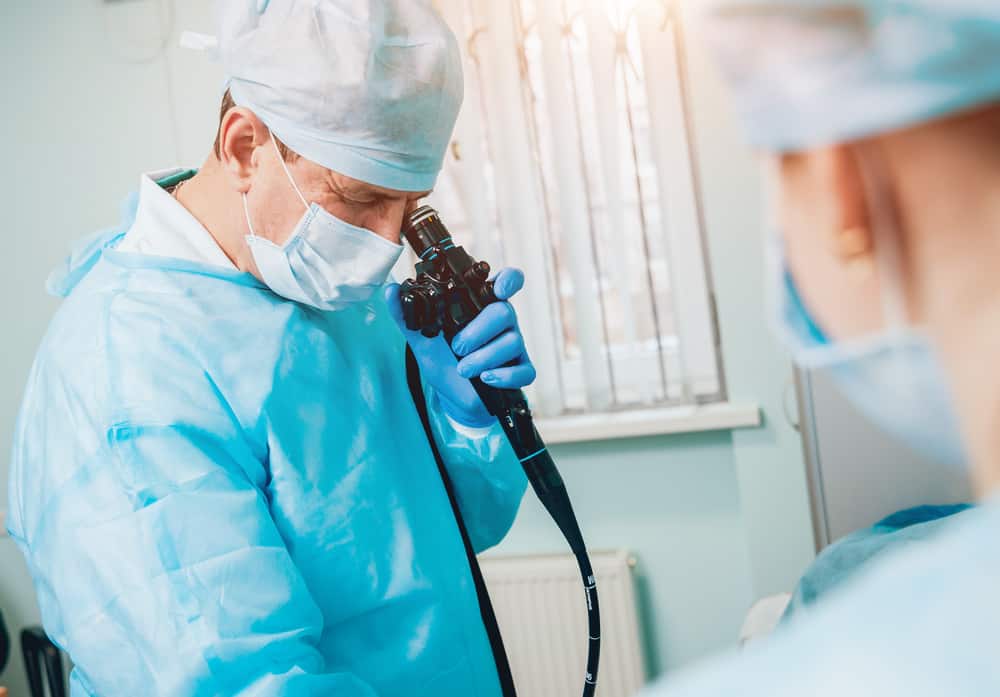
Rigid endoscopes have also benefited, with examples being ‘chip-on-tip’ endoscopes and 3-D endoscopes using side-by-side miniature digital cameras.
All endoscopes operate essentially to magnify something at its distal tip, and in conjunction with a camera (still and/or usually video) screen to show and record that enlarged image for the user.
Endoscopes these days are still used extensively in medicine, but also in other industries and for other applications including such as architecture, engineers, auto-mechanics, plumbing, bomb disposal, and surveillance operations, even inventors.
Who would buy the best digital endoscope?
Traditionally, an endoscope used outside the medical field (its most common and widely known use) was most likely to be used by a builder/architect/engineer (or student thereof), plumbers, auto-mechanics, civil works engineers, and building inspectors.
Basically, anybody who wants to explore very small or very difficult to see things might also be interested in having an endoscope.
Now more commonly known as digital inspection cameras, endoscopes are being bought by anyone who wants to be able to look into the dark and difficult to access places at home or at work.
They are now being designed for and being marketed to, home handymen. They have become very cheap and easy to buy, as well as being very easy to use. And there are plenty on the market to choose from.
Can you buy different lengths of endoscopes?
The cable which is attached to the endoscope greatly varies in length depending on the intended use. A medical endoscope cable is generally fairly short whereas an endoscope which is being used to inspect the inside of a long pipe (eg a sewer) will be very long (50 feet is not unusual).
Some cables are extendable, which is useful.
If you are buying an endoscope it’s important to look at the cable length so that it will do the job you have in mind – you won’t want a fifty-foot cable to use in a design studio or alternatively a 95cm cable to inspect a drainage pipe!
The typical length of a digital endoscope purchased for home use is about 10’ or thereabouts.
Wireless vs Wired Endoscopes?
Endoscopes can be attached to the digital camera or video screen, and the data storage device, via USB or wirelessly. Which is better? That depends on where you are and what you’re using as the interface.
Obviously, your phone won’t support a USB endoscope, without an expensive adaptor. So, if you want or need to use your phone (if that’s supported by the endoscope you have) then you will need to do that wirelessly.
But that does mean that you’ll need to have WiFi reception and that you will be limited by the signal strength. These days that is not usually an issue as they connect via Bluetooth.
Another consideration is the power issue. If you’re not wired then you will have to rely on a limited life battery power source as well, which may not provide you with sufficient time to do what you want to do. Cameras which are battery driven may not be as high definition either.
Wiring the connection back to the data storage device is certainly a safer and more reliable option if the quality of the data, and the keeping of it, is important to you. And it resolves the power issue as well.
If that is not important, however – for example, you’re just using the endoscope to help with mechanical or plumbing jobs and won’t be using the data again – using a wireless connection to your phone or laptop is just fine.
The modern digital endoscopes designed for general use by non-professionals are self-contained handheld units with built-in screens and use TF memory cards for storage and batteries for power.
This means that you don’t need the hassle of using WiFi and downloading apps, having to carry around your phone or tablet, or needing an independent power supply.
Editors Verdict
This is a crowded marketplace with many different unknown brands all claiming to offer the best inspection cameras. You need to choose based on your own use, do you need wireless or wired? How long does the cable need to be etc?
Before you purchase, be sure to go through the individual user reviews and decide as to which inspection cameras best meet your needs.
We really like like the look of the Bosch UnviersalInspect for smaller jobs such as inspecting cars or anything up to a metre long.
Related: Best Action Cameras
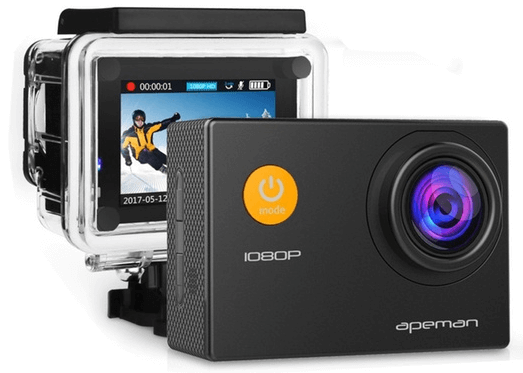
- 10+ Best Project Management Software - October 23, 2020
- 5+ Best Motorcycle Paddock Stands [Top Rated] - October 6, 2020
- 5+ Best PDF Editing Software That Actually Works - July 27, 2020
Last Updated: December 2, 2021 by Rhys
